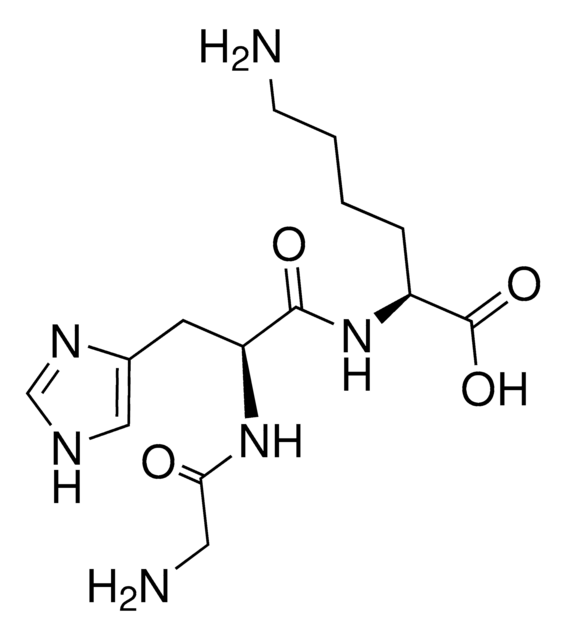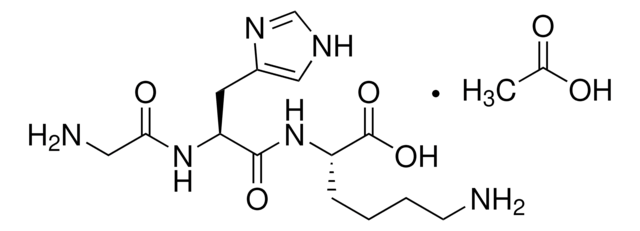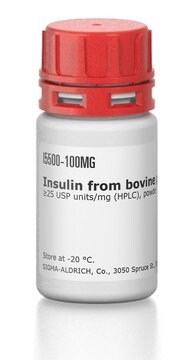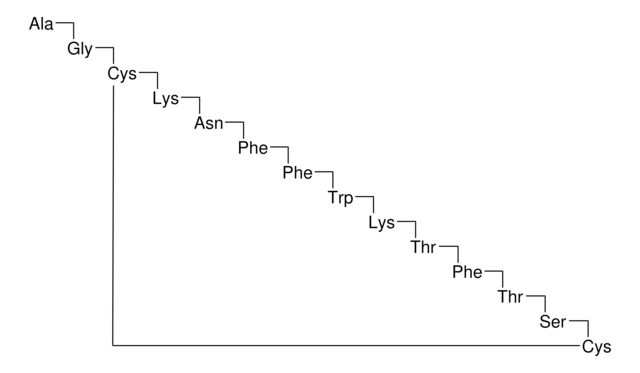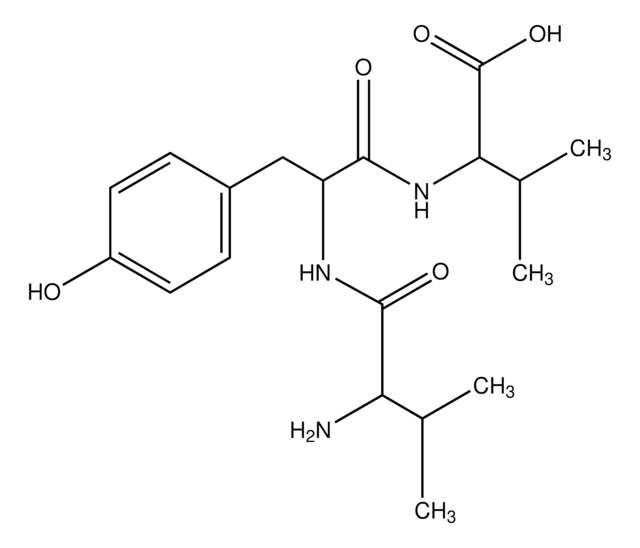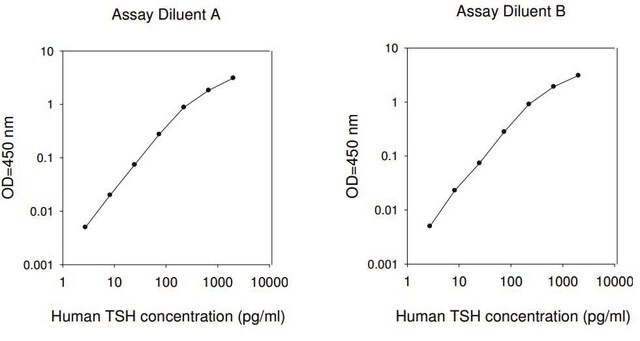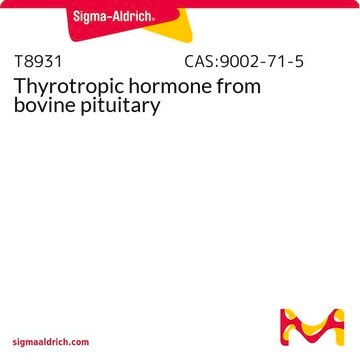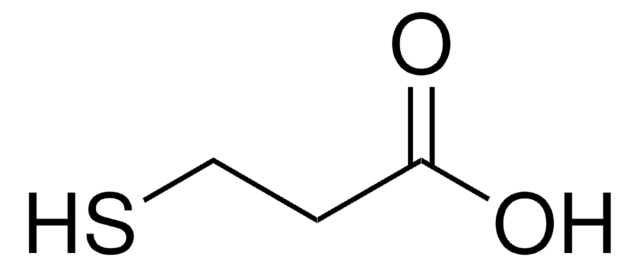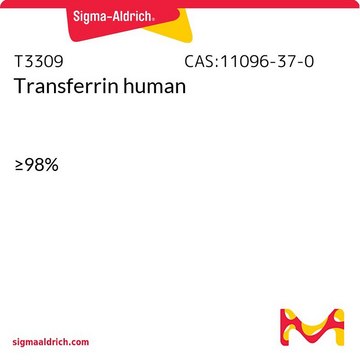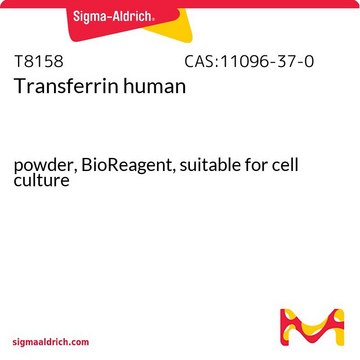Wichtige Dokumente
G1887
Gly-His-Lys acetate salt
≥97% (TLC)
Synonym(e):
Liver cell growth factor
About This Item
Empfohlene Produkte
Qualitätsniveau
Assay
≥97% (TLC)
Zusammensetzung
Peptide content, ~70%
Lagertemp.
−20°C
SMILES String
CC(O)=O.NCCCC[C@H](NC(=O)[C@H](Cc1c[nH]cn1)NC(=O)CN)C(O)=O
InChI
1S/C14H24N6O4.C2H4O2/c15-4-2-1-3-10(14(23)24)20-13(22)11(19-12(21)6-16)5-9-7-17-8-18-9;1-2(3)4/h7-8,10-11H,1-6,15-16H2,(H,17,18)(H,19,21)(H,20,22)(H,23,24);1H3,(H,3,4)/t10-,11-;/m0./s1
InChIKey
MGNUTAFMLGJBGV-ACMTZBLWSA-N
Suchen Sie nach ähnlichen Produkten? Aufrufen Leitfaden zum Produktvergleich
Amino Acid Sequence
Allgemeine Beschreibung
Anwendung
- individually or as a complex with copper to test its effect on cytokines production in the human normal fibroblasts cell lines
- as a model peptide in N,N-dimethyl-N-methacryloxyethyl-N-(3-sulfopropyl)ammonium betaine based capillary electrophoresis separation studies
- as a component of Coon′s modified Ham′s F-12 medium for culturing Fischer rat thyroid follicular cell line, FRTL-5
Biochem./physiol. Wirkung
Verpackung
Lagerklassenschlüssel
11 - Combustible Solids
WGK
WGK 3
Flammpunkt (°F)
Not applicable
Flammpunkt (°C)
Not applicable
Hier finden Sie alle aktuellen Versionen:
Besitzen Sie dieses Produkt bereits?
In der Dokumentenbibliothek finden Sie die Dokumentation zu den Produkten, die Sie kürzlich erworben haben.
Kunden haben sich ebenfalls angesehen
Unser Team von Wissenschaftlern verfügt über Erfahrung in allen Forschungsbereichen einschließlich Life Science, Materialwissenschaften, chemischer Synthese, Chromatographie, Analytik und vielen mehr..
Setzen Sie sich mit dem technischen Dienst in Verbindung.